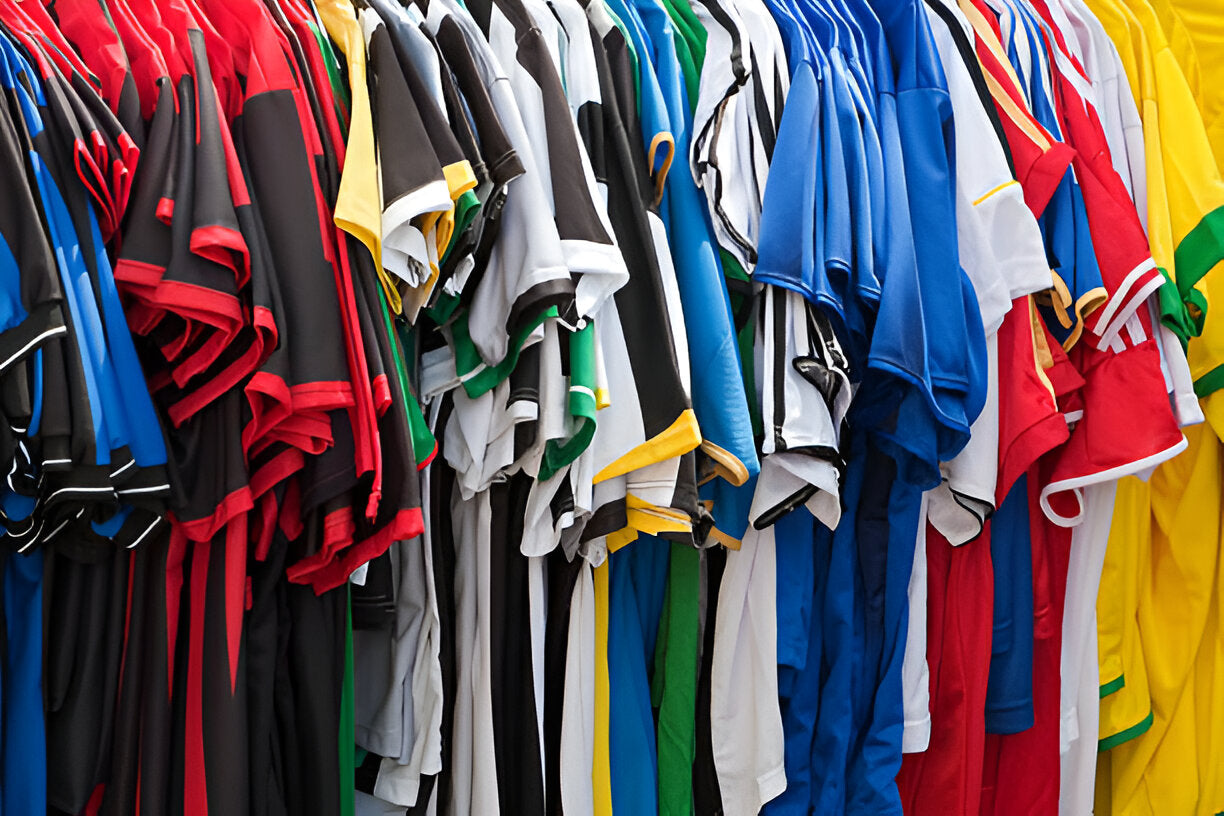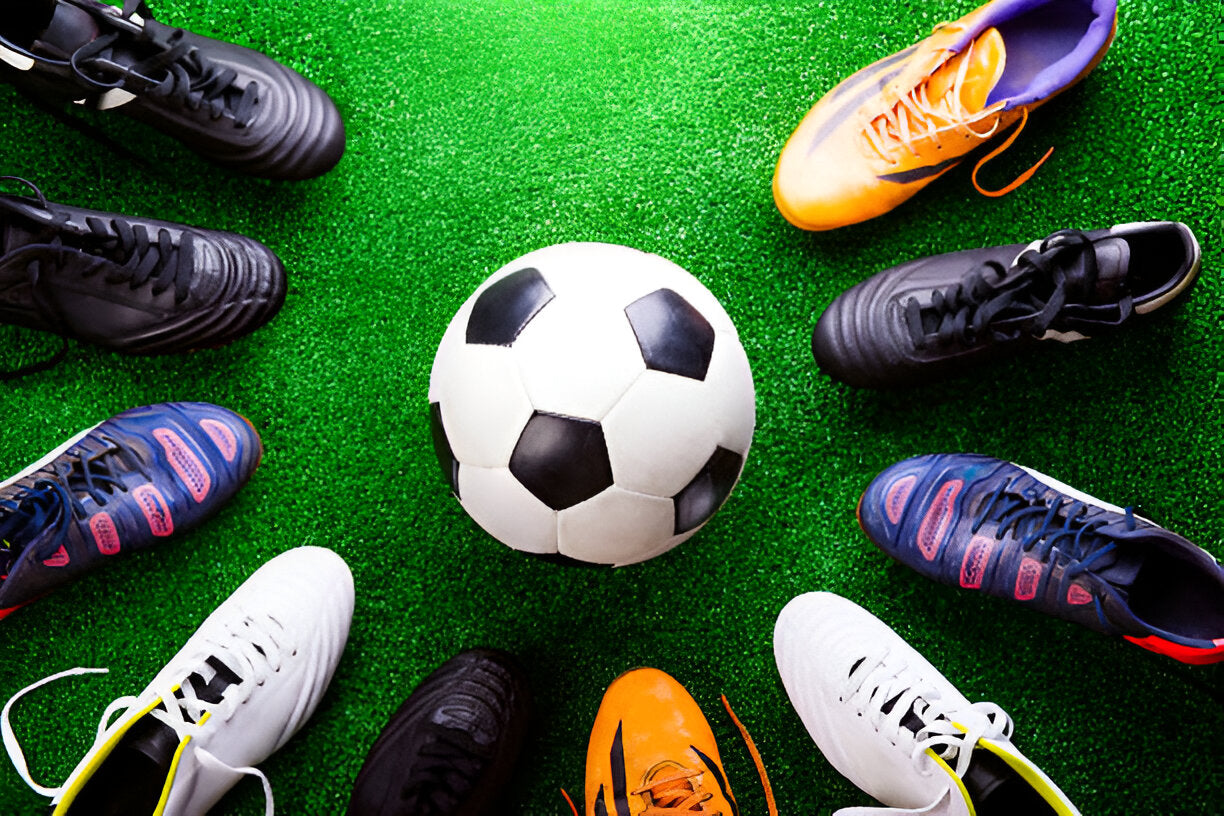If you're a passionate soccer fan or player, you can hardly deny the importance of finding the perfect soccer jersey fit. A well-fitted jersey enhances comfort and performance on the field and makes a bold statement about team identity. However, determining the right fit can be tricky, thanks to the many types, designs, and sizes of jerseys at your disposal. This guide will walk you through everything you need to know about how soccer jerseys fit, factors to consider when selecting one, and common mistakes to avoid.
The Importance of Jersey Fit
Soccer jerseys are more than just a uniform; they symbolize team pride, functionality, and performance. The right fit can boost a player's comfort and flexibility, allowing them to move seamlessly during a game. Poorly fitted jerseys, on the other hand, can restrict movement, cause discomfort, or distract players during crucial moments. Fans, too, want jerseys that are comfortable to wear, whether they're cheering from the stands or showcasing their favorite team on the street.
Types of Soccer Jerseys
Knowing the different types available is crucial to understanding how well they fit. Each jersey type has unique characteristics and is designed for specific purposes. Let’s look at some of the key soccer jersey types:
- Home Jerseys: Home jerseys are the most iconic and widely recognized uniforms worn during home games. They represent the team's traditional colors and designs, often with bold patterns that make players stand out on the field. These jerseys are typically designed for function and fan appeal, with a fit that balances comfort and style.
- Away Jerseys: Away jerseys are used when a team competes on the opponent's turf. These jerseys often have contrasting colors to avoid clashing with the home team's colors. Although the designs are usually simpler, they maintain the same fit considerations as home jerseys.
- Third Jerseys: Third jerseys are used when both teams' home and away jerseys clash. These alternate kits are designed to avoid color confusion while maintaining the team's branding. Third jerseys are often more experimental in design, and their fit may vary depending on the manufacturer.
- Goalkeeper Jerseys: Goalkeeper jerseys are uniquely designed to protect the player while distinguishing them from the rest of the team. These jerseys are typically long-sleeved with padding on the elbows and shoulders, ensuring the goalie is visible and protected. They often have a looser fit to allow for maximum mobility and comfort.
Factors Affecting Jersey Fit
Several factors influence how a soccer jersey fits. It's important to consider all the following elements:
- Body Type: Your body shape plays a huge role in how a soccer jersey fits. For example, individuals with a slim build prefer a snugger, more athletic fit that offers better mobility. In contrast, someone with a broader or more muscular build might opt for a looser fit to avoid restricted movement.
- Material: Soccer jerseys are typically made from lightweight and breathable materials like polyester or nylon, designed to wick moisture away from the body and provide flexibility during play. Some jerseys, especially older or replica ones, may be made of thicker materials like cotton, which can feel heavier and restrict movement. Additionally, modern jerseys often incorporate materials like spandex to allow for a tighter, form-fitting design without sacrificing comfort.
- Design and Style: Jerseys come in various styles, from the traditional loose fit to the new-age, slim-fit designs. While loose-fit jerseys offer a relaxed feel, slim-fit jerseys hug the body more closely, giving players a more aerodynamic look and feel. A jersey's cut and construction, such as raglan or set-in sleeves, can also affect how it fits across the shoulders and chest.
- Personal Preference: Ultimately, the fit of a soccer jersey comes down to personal preference. Some players prefer a tighter fit for enhanced mobility, while others opt for a more relaxed fit for comfort. It's essential to try on different fits and decide what feels best for you.
How to Measure for the Right Fit
Getting the correct size is critical to achieving the ideal jersey fit. Size charts provided by brands can help, but accurate measurements are essential.
- Chest: To measure your chest, wrap a flexible measuring tape around the fullest part of your chest, ensuring that the tape is level and snug. A well-fitted jersey in the chest area should allow room for breathability and movement without feeling too tight.
- Waist: Measure your waist by placing the tape around the narrowest part of your torso. The fit around the waist should be comfortable and tight enough, especially for players tucking their jerseys into their shorts.
- Length: Jersey length is another critical factor to consider. Measure from the base of your neck to the desired length of the jersey. The jersey should be long enough to provide coverage but short enough to allow for agile movement during play.
Using these measurements, consult the brand's size chart to determine which fits you best. Choosing the larger size is often recommended for added comfort if you are between sizes.
Common Fit Issues and Solutions
Despite your best efforts to get the right fit, some common issues arise when wearing soccer jerseys. Here's how to address them:
- Tightness in the Chest and Shoulders: Tightness in the chest and shoulders can restrict movement, a common problem for those with broader builds. Opt for a size up or consider jerseys made with more flexible materials like spandex to allow for a greater range of motion.
- Baggy Sleeves: Loose or baggy sleeves can be distracting, sliding up or down during play. Look for jerseys with fitted sleeves or elastic cuffs that stay in place. Alternatively, you can roll or tuck the sleeves to secure them.
- Excess Length: Sometimes jerseys are too long and bunch up around the waist or hips. Look for jerseys with a longer back hem to prevent the jersey from riding up. You can tuck the excess fabric into your shorts or wear compression shorts underneath to keep the jersey in place.
- Tight Waist: If a jersey is too tight around the waist, it can be uncomfortable, especially during active play. Choose jerseys with a more relaxed fit in the waist area, or consider sizing up for a more comfortable fit.
Material and Fabric: The Impact on Fit
The fabric of a soccer jersey plays a crucial role in its fit and overall performance. Most soccer jerseys are made from moisture-wicking materials such as polyester, which helps keep players dry and comfortable during intense matches. Some jerseys incorporate spandex for added stretch, offering a snug yet flexible fit.
Many brands have recently introduced eco-friendly jerseys from recycled materials, such as polyester from plastic bottles. These jerseys are good for the environment and maintain the same high performance as traditional materials.
Breathable mesh panels are often added to soccer jerseys in areas prone to heat buildup, such as the back and underarms. These panels improve airflow, keeping players cool during matches.
Conclusion
Finding the right soccer jersey fit requires understanding your body type, considering the material and design, and paying attention to sizing charts. Whether on the field or cheering from the stands, a well-fitted jersey can make all the difference in your comfort and performance. So, next time you're in the market for a soccer jersey, use these tips to ensure you get the perfect fit to represent your team with pride and panache.



